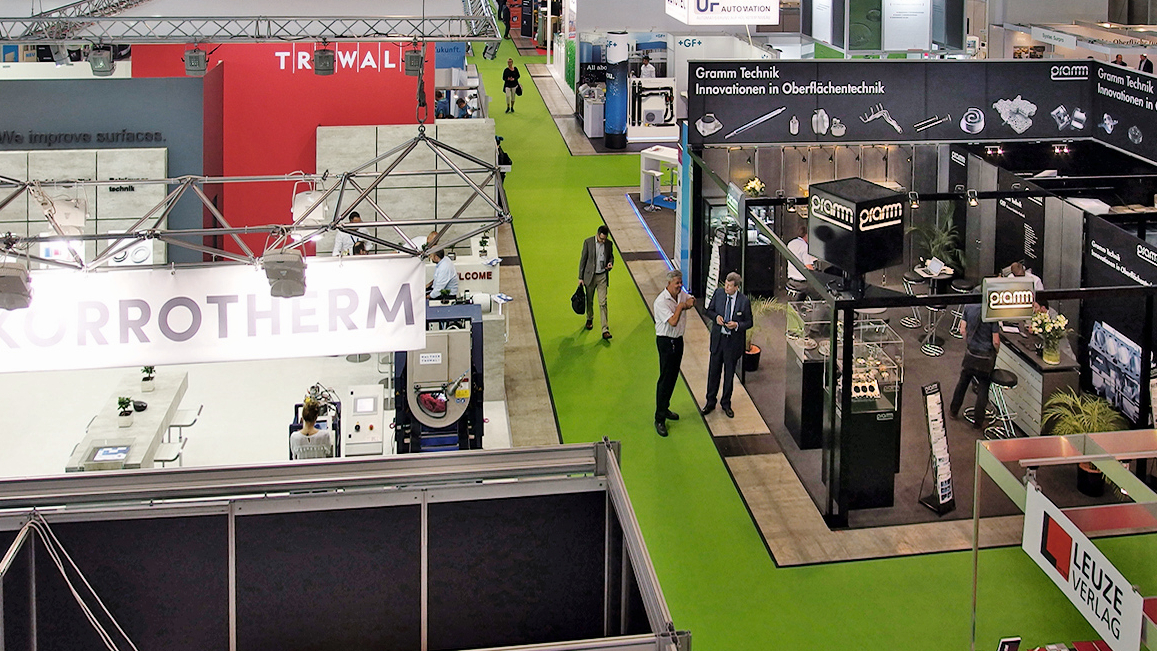The public debate on sustainable business andCO2 reduction in Germany has a blind spot: nowhere has the immenseCO2 consumption of trade fair events been addressed.
Hamburg-based B2B platform operator Visable and the Macromedia University of Applied Sciences in Cologne took a closer look at the topic as part of the study "Trade fair industry - change of era or back to normal?". The result is clear: thecarbon footprint of international trade fairs is catastrophic due to the immense amount of air travel - and nobody takes offense. There are not even any legal regulations on the disclosure of CO2 consumption.
One figure from the study illustrates the extent of this: the Mobile World Congress in Barcelona has been reporting itsCO2 emissions since 2011. Up to 90% of the event'sCO2 emissions are attributable to the international participants' travel to and from the event as well as their overnight stays. Mobility is therefore the decisive factor in the extremely poor environmental balance of trade fair events. Comparable official figures from trade fair organizers in Germany? Not available.
A look at a specific trade fair event in Germany makes the problem tangible. For example, the Internationale Funkausstellung (IFA), a leading international trade fair, took place in Berlin from September 2-6. Macromedia has calculated theCO2 consumption of the event as an example. The result is based on the last visitor figures before the pandemic (2019): The flights alone of the 82739 international visitors caused 110000 tons ofCO2 pollution in five days of the trade fair. For comparison: This is the amount of CO2 consumed by 886012 Germans in the same period, based on an annual per capita emission of 9.7 tons of carbon dioxide (as of 2019). For comparison: Frankfurt am Main has 759224 inhabitants. Or to put it another way: Berlin's climate footprint increases by 24 percent during the IFA period.


